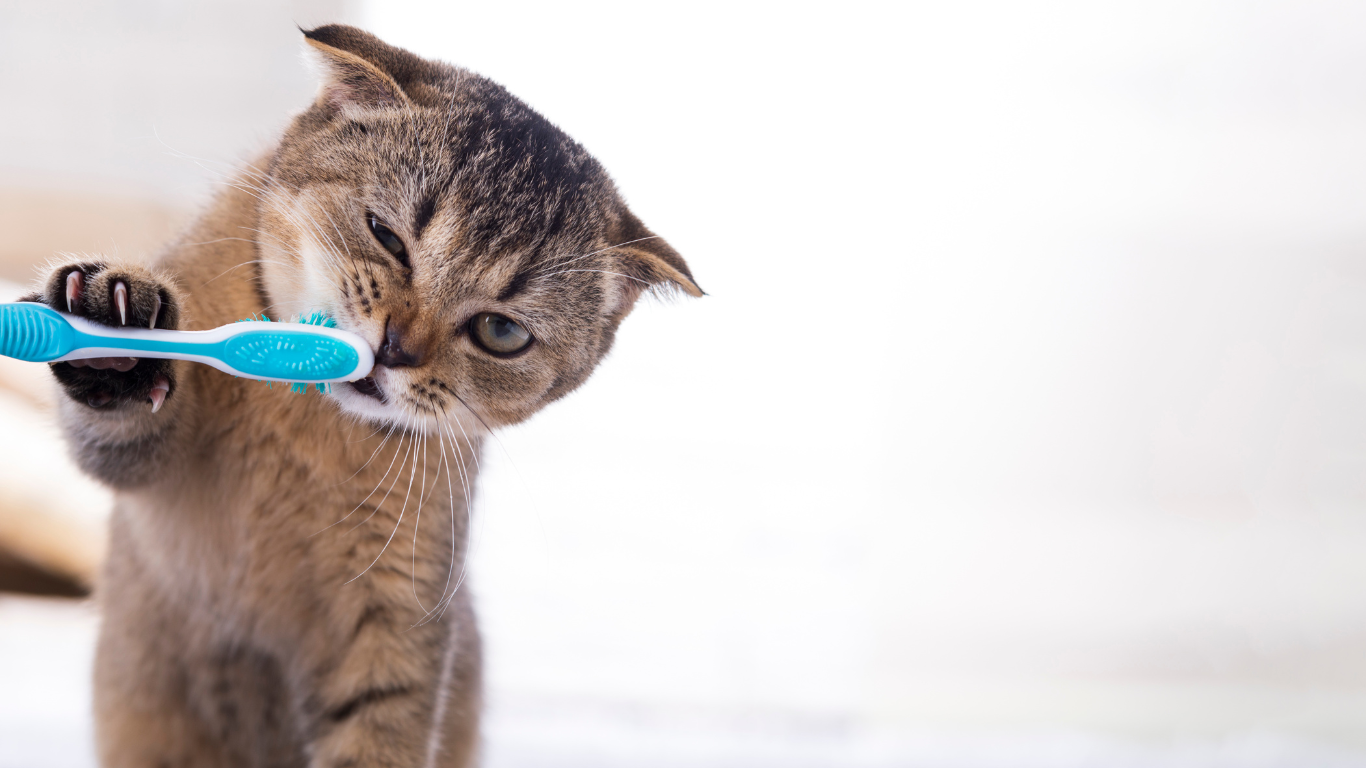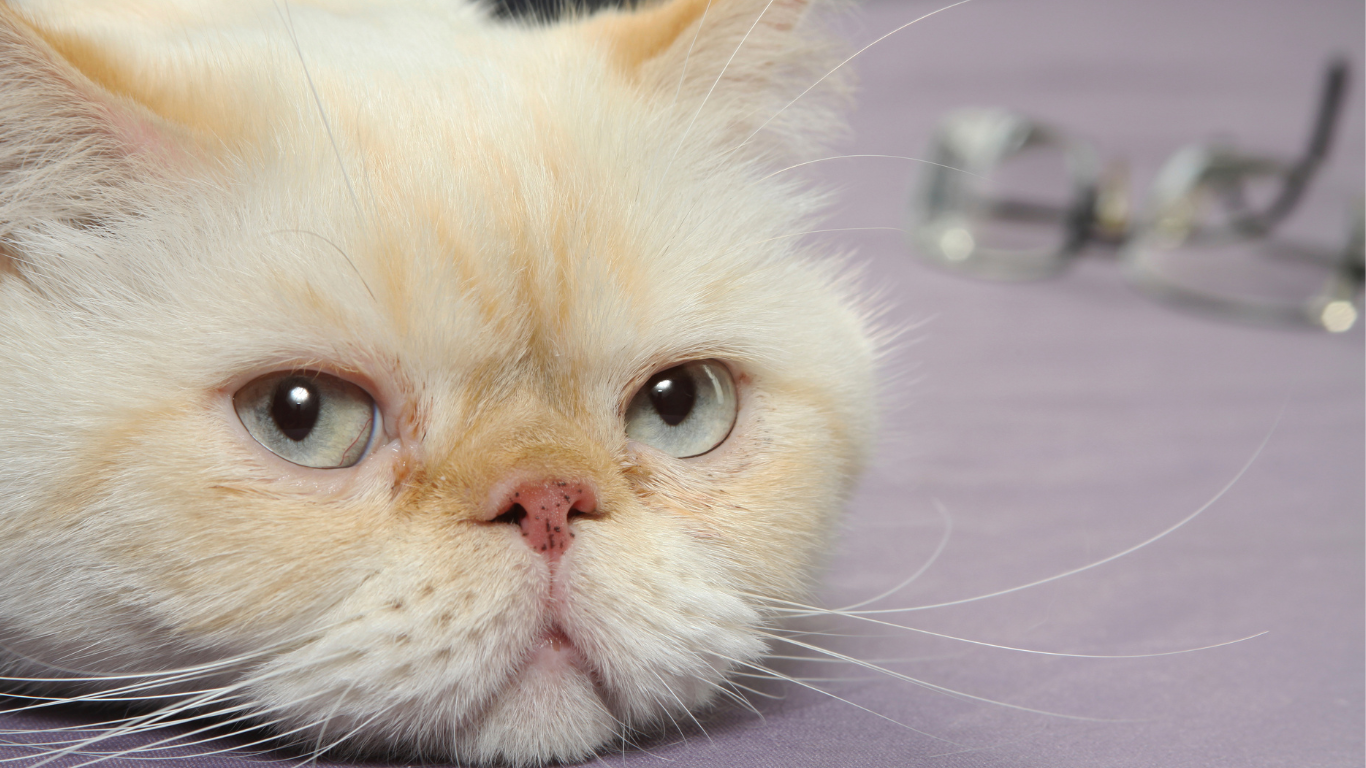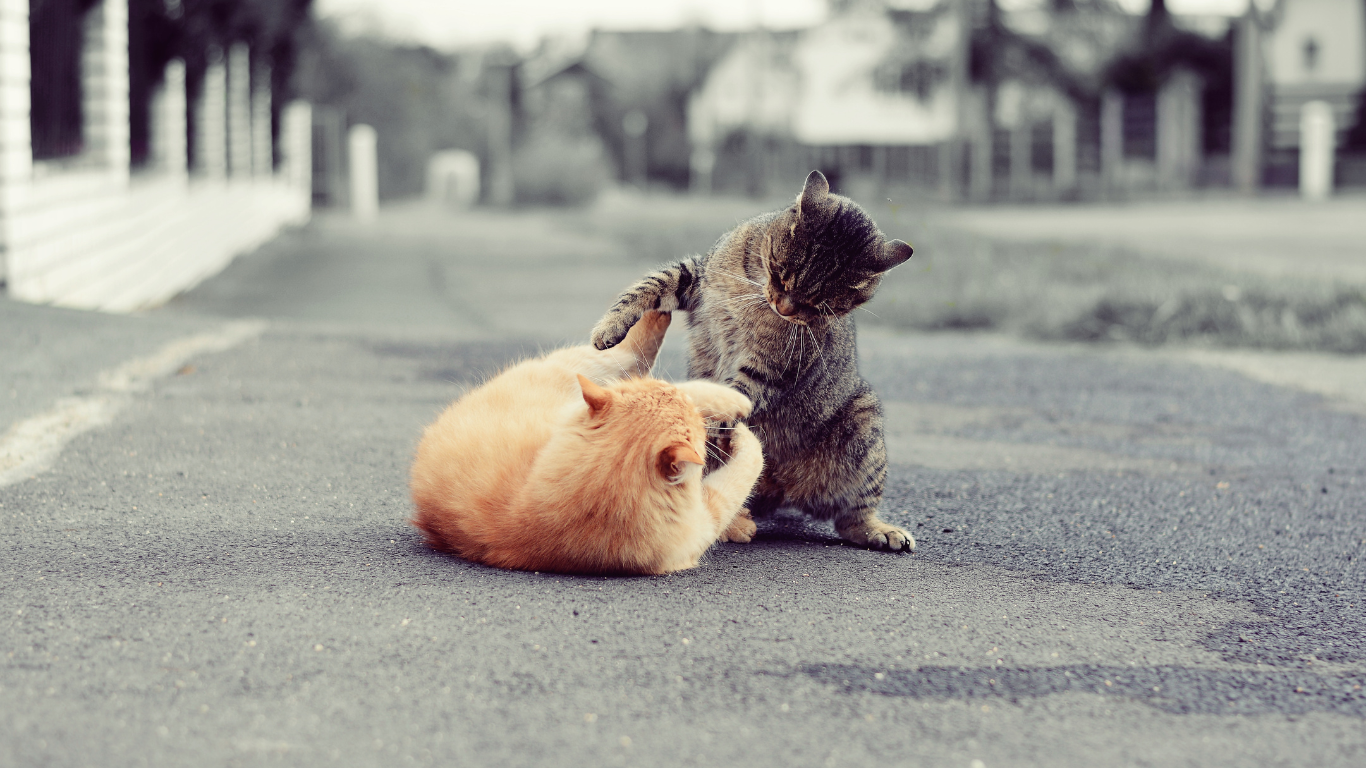Veterinarian Dr. Karin Schlotterbeck explains:

Dental disease is extremely common in cats. Although they cannot get tooth decay, they often suffer from related diseases that are not reversible. Here we explain how dental disease occurs, what signs and symptoms you should pay attention to and what you can do to protect your cat from toothache.
Common dental diseases
There are diseases that only occur in cats. For example, FORL (feline odontoclastic resorptive lesions), in which teeth dissolve along with the roots. This disease is probably due to a disturbance in the calcium balance and usually ends with the affected teeth having to be extracted.
But FORL is not the only cause of dental problems. Even in cats, residue sticks to their teeth after every meal. This residue is an ideal breeding ground for bacteria that can damage gums and teeth.
Yellowish plaque builds up on the tooth itself and becomes harder over time - tartar forms. This tartar maintains the inflammation in the mouth and the condition of the gums and teeth can continue to worsen. Pain can be the result, which cats sometimes don't show clearly enough.
Another disease of the oral cavity that can occur particularly in purebred cats, but also domestic cats (EKH), is chronic inflammation of the gums (gingivitis or stomatitis), which is difficult to treat.
Toothache symptoms
Cats often suffer quietly when they have a toothache. But as everyone knows, tooth pain can affect your quality of life. As a starting point, we give you a list of symptoms that can indicate dental disease. If you are unsure, your vet will examine your tiger's mouth and identify any changes.
- Bad breath ( Foetor ex ore )
- Chattering (The chattering of the jaw is very subtle, but typical of toothache)
- Avoiding cold food
- One-sided chewing
- Sudden startling while eating
- Abnormal noises when eating
- Unusually intense salivation
- Refusal of solid food (dry food)
- Sensitivity to touch in the area of the oral cavity (in advanced cases)
prevention
Regular dental checks should always be a part of cats. Look into your tiger's mouth regularly and if you notice any abnormalities, go to the vet again.
If you have a very sociable cat, you can try to brush its teeth every now and then. There are special toothbrushes for cats for this, but you can also try using an old toothbrush of yours. If the tartar problem has already progressed further, the only solution that can help is dental cleaning under anesthesia at the vet.
The tartar is removed using an ultrasound device and the teeth are then thoroughly polished and fluoridated. Unfortunately, some teeth also have to be extracted.
A step in the right direction can be switching to dry food . In contrast to wet food, fewer food residues remain stuck in the gaps between the teeth, which can become breeding grounds for bacteria. Tartar can also be rubbed off during the chewing process.










